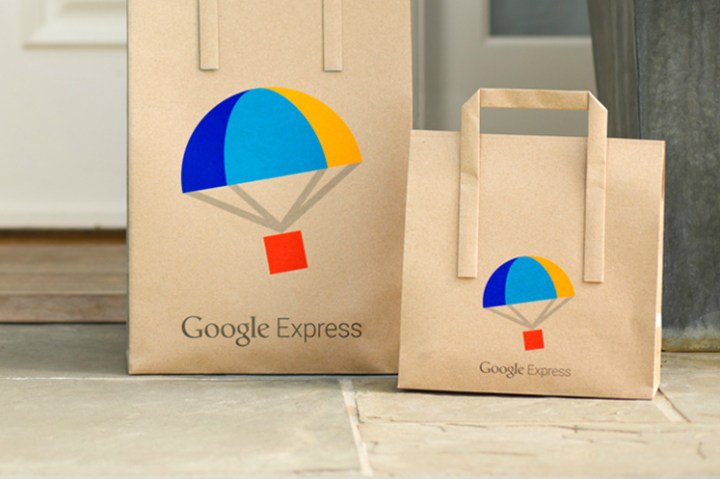
Google has partnered with Costco, Whole Foods, Smart & Final, and Vincente Foods to deliver produce, meat, seafood, and other perishables within two hours of the order. The service already existed for items like pasta, cereal, and other things you don’t mind leaving out on the stoop for more than a couple hours.
San Francisco and L.A. already have Instacart and AmazonFresh offering fast grocery delivery, and the latter offers one-hour delivery in many areas.
Here’s now the prices stack up: Google Express members pay $95 a year and $3 per delivery; while deliveries cost $5 for non-members. With a $299 annual Prime Fresh membership, AmazonFresh deliveries are free for orders over $50. Each Instacart delivery is $6, but are free for orders over $35, as long as you pay for the $149 yearly membership. None of these prices include tipping, though, so even if your order qualifies for free delivery, you’re still paying more than if you just went to the store yourself.
Google is definitely playing catch-up (ketchup?) at this point, considering Instacart has partnered with Samsung to put its grocery-delivery app inside the appliance-maker’s upcoming touchscreen fridge. And with the Amazon Echo, it’s likely only a matter of time before you can start telling the speaker to order your groceries from Fresh or Prime Now, since you can already request it reorder items you’ve purchased before.


